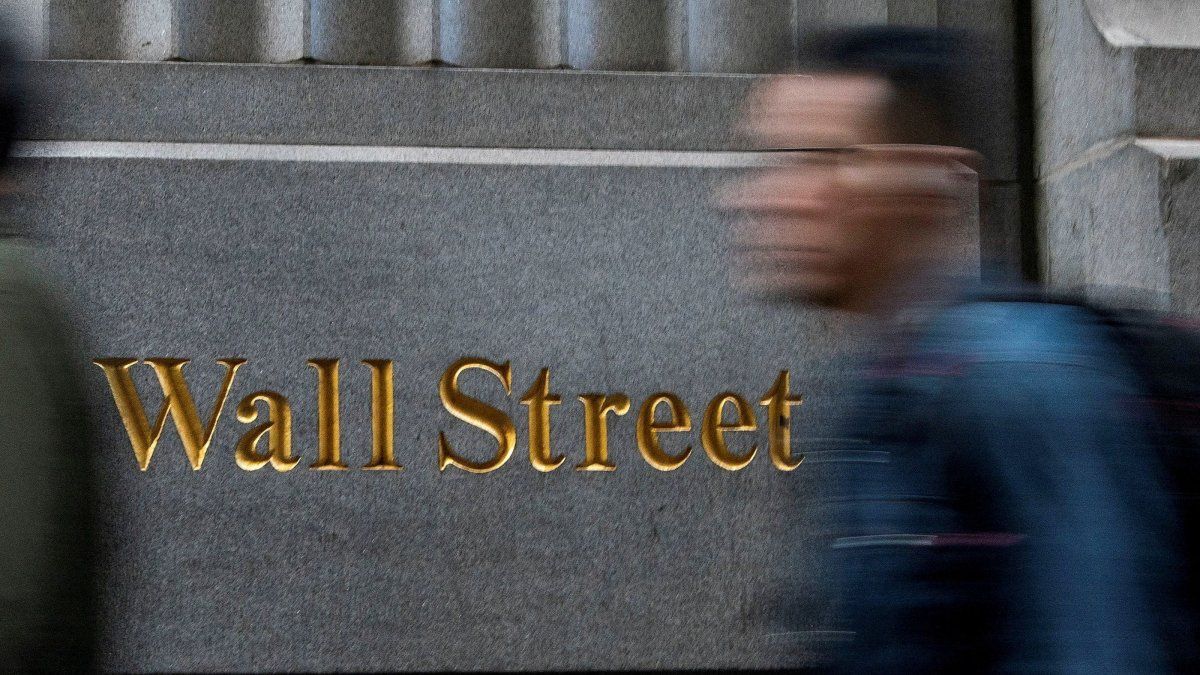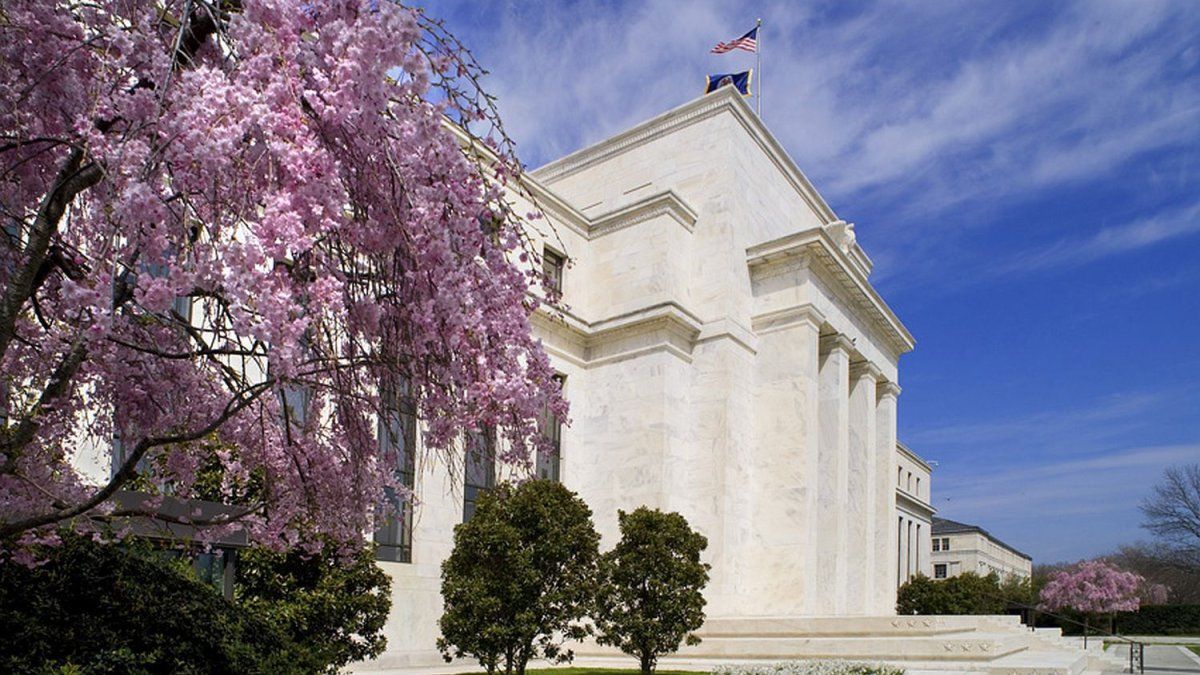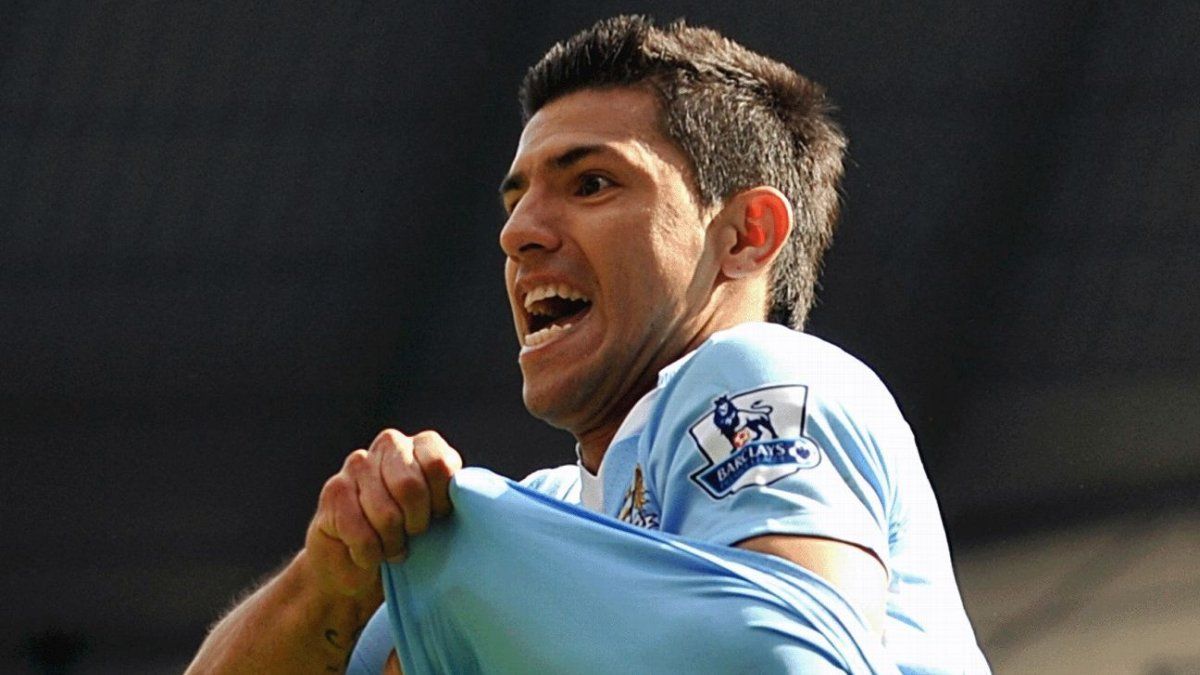The Argentine economy of 2022 will be according to their forecasts of moderate growth, say 1.4%, and higher inflation of the order of 60%, due not only to the necessary adjustments, but also to a challenging international environment for the markets. emerging. Many of the managers who listened to the forecasts had some other “tour” with clients on the agenda but they were postponed until further notice. It seems that neither the “attractive” prices seduce, not even the vultures. In any case, as an old Creole fox from the international market pointed out, investors are now more busy adjusting their portfolios to adapt to the new global scenario of rate hikes.
In this regard, the last note by Charlie McElligott (Nomura) moved expectations by detailing the actions of the “vigilant rates”, which according to him are at the gates waiting and pressing for four rate hikes for this year and starting with one of 50 basis points at the Fed’s March meeting. That’s why they pay attention to the Eurodollar market because if it continues to go up and it goes higher and it triggers some anger, the Fed will just have to take what the market tells them, even though currently the FOMC led by Jerome Powell (JePo) has little desire to do so.
After the CPI data for December, analysts point out that in recent weeks the BCRA has accelerated the rate of depreciation and raised interest rates. All to encourage foreign exchange settlement. But aligning the inflationary rhythm, the interest rate and the depreciation rhythm is not an easy task for Miguel Pesce’s team. Undoubtedly, for now, the variable that seems most difficult to control continues to be inflation.
In the event that it does not give up positions below 3.5 and 3% in these months, there is a risk of having fallen short in the adjustments. For this reason, all attention is focused on the pace of interventions in the foreign exchange market and the data that becomes known about inflation.
For example, what do the people of Quinquela think?: In the last 6 months, average core inflation was 3.4% and international inflation was 0.6% per month; This implies that a rate of depreciation of 2.8% per month is needed in order not to lose the real exchange rate. The rate of 1% was insufficient, but in recent days it has already accelerated to 2.5% per month on average and will probably continue to increase.
Especially considering that inflation in December was 3.8% and in January this dynamic is expected to continue. The rise in interest rates left the Badlar at 3.1%, becoming the new limit for the rate of depreciation.
If inflation remains at current levels, before accelerating the rate of depreciation, a new rate hike would be necessary. We will see.
For now the people of Zimbabwe seems to be fighting head to head for the leadership of the global exchange gap ranking with the Argentine market. Beyond the cultural and idiosyncratic differences, the situation seems like a carbon copy. The official dollar in Zimbabwe is quoted at $112 but on the black market it exceeds $200. Like in Buenos Aires, in Harare everyone wants US dollars.
Source From: Ambito
David William is a talented author who has made a name for himself in the world of writing. He is a professional author who writes on a wide range of topics, from general interest to opinion news. David is currently working as a writer at 24 hours worlds where he brings his unique perspective and in-depth research to his articles, making them both informative and engaging.




